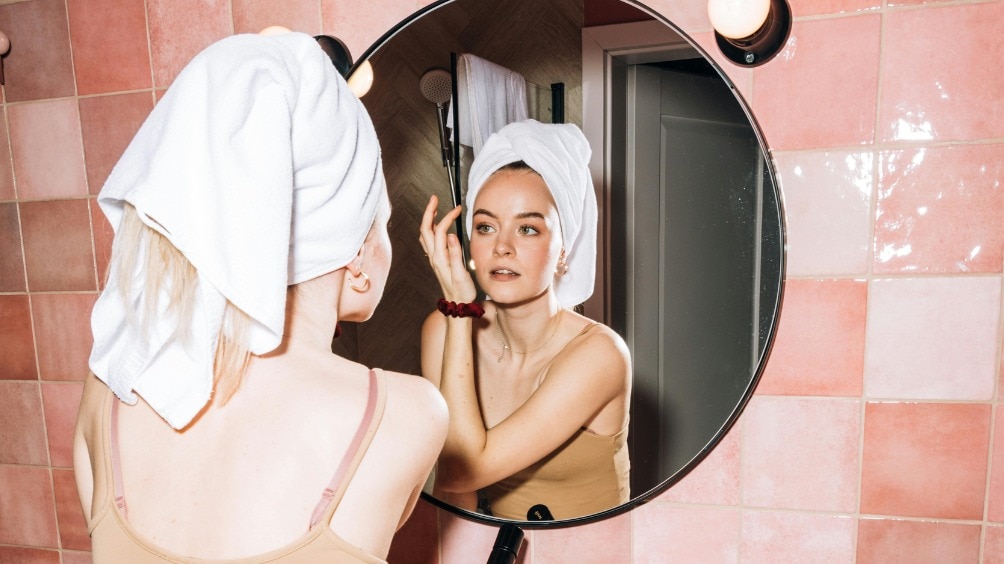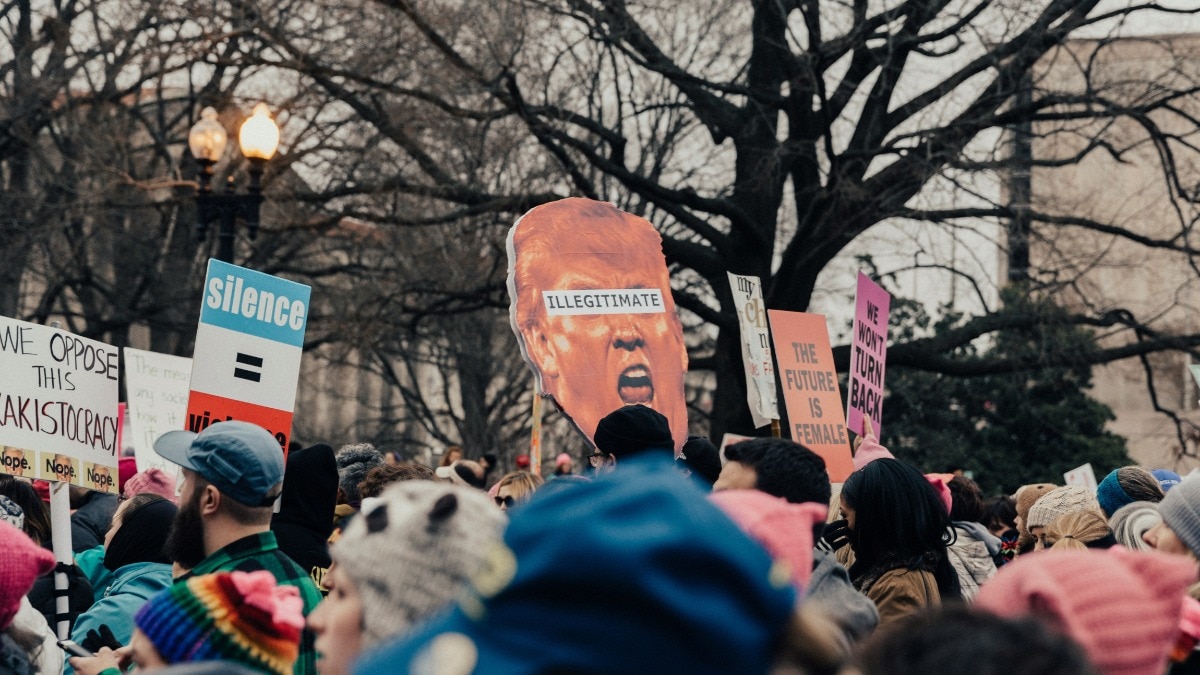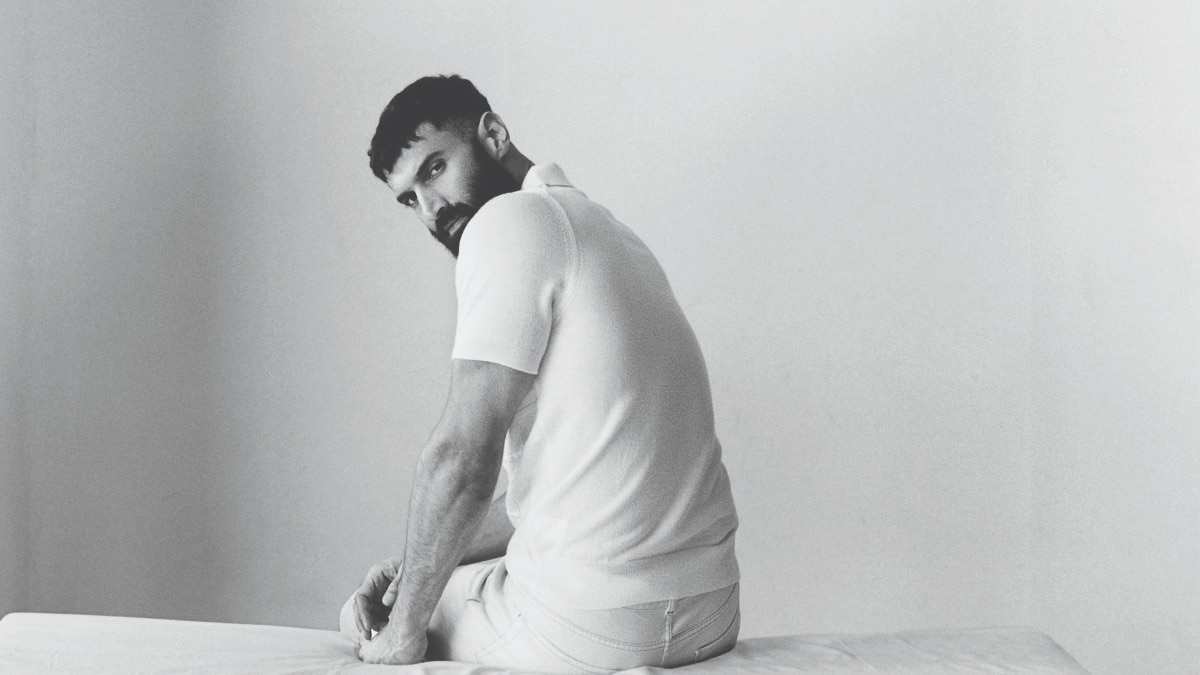
The pros and cons of 'preventative' anti-wrinkle injections
Will starting early keep your face looking fresher for longer? Or could it actually make you appear older? Three experts weigh in.


Have you ever questioned why some faces age at snail's pace? Of course, great skincare, genetics and environmental factors play a part. But—when performed discretely—so-coined 'preventative' injectable tweakments can do, too. Indeed, while the use of cosmetic neuromodulators like Botox, Alluzience, Azzalure or Bocouture are traditionally associated with the relaxing of muscles to reverse the appearance of lines, they are also regularly employed in anticipation of wrinkle formation.
“Preventative anti-wrinkle injections involve the use of Botox or similar products to prevent the formation of lines and wrinkles, rather than in a corrective way once lines and wrinkles are already established, when treatment is often less successful,” explains founder of Illuminate Skin Clinic, Dr Sophie Shotter. As an experienced aesthetic doctor, she performs this treatment when “you can see where lines are going to develop, but they aren’t yet there at rest”. Ergo, preventative toxin is used for lines that have started to linger, but deep creases have not yet formed.
Dr Jennifer Owens, another cosmetics expert who you’ll find at The Glow Clinic in Dublin and on digital dermatology platform GetHarley.com, says she has noticed a large increase in requests for treatments like this in the last couple of years. “I think one reason is that a lot of people are working from home and not wearing make-up for the most part—which means make-up isn't sitting into these lines. The contrast, then, when they do put on make-up tends to be more stark; a lot of people are complaining that they look worse, not better, and are understandably unhappy about it.”

Who the experts say preventative toxin injections are for
As Dr Owens explains, neuromodulators works to relax the muscles that crease the skin and, when you have enough repeated creasing, you'll get lines. Therefore, “If we relax some overly expressive muscles, we get less creasing of the skin, and prevent lines forming as quickly (or potentially at all).” The goal is not to completely freeze the muscles, simply to mellow them.
She says that preventative toxin injections are best suited to someone who is very likely to get deep, or a lot of, wrinkles. How can you tell if this will be the case? “This can be someone who can see their mother or other family member has deep or an excessive number of expression lines. Also, very expressive faces tend to get more lines and get them earlier, as will thinner, finer skin (as opposed to thicker, oilier skin).”
It’s not about age, adds Dr Shotter, rather “it depends on the skin condition of the individual". However, she notes that "there would only be exceptional cases where the use of Botox or similar would be indicated under the age of 25”. She explains that it’s pointless for anyone whose lines are not at all visible yet, as well as for those with more established lines and wrinkles—“they would follow a corrective and not a preventative approach,” she explains.
The benefits of preventative toxin injections, according to the experts
Dr Shotter believes that if you are a suitable candidate for preventative treatments, the benefits are plain to see: “You will age with less lines and wrinkles”. As she notes, “it’s much easier to prevent than to correct”.
Dr Owens suggests thinking of it this way: “If you imagine a sheet of paper that gets crumpled up, it's much harder to smooth out if it is scrunched all the way up into a ball—it would be much easier to simply not crumple it quite so much in the first place.” However, preventative toxin injections should always be approached on a case-by-case basis. “The delicate thing to balance here is choosing the appropriate time for you, your skin, and your face.”
Another key benefit of preventative anti-wrinkle injections is the subtleness, Dr Owens adds. “If someone has always had ‘good skin’ and just seems to be ageing more slowly, a lot of us will put it down to them winning the genetic lottery, but it may be that they started some light Botox earlier than their peers. If, however, someone who looked fatigued for much of their 30s suddenly looks as fresh as a daisy, you're going to be thinking that they probably had a helping hand.”
"Anti-wrinkle injections, such as Botox or Dysport, offer a range of benefits for those seeking to diminish the signs of ageing," adds Dr Muskan Tyagi—Internationally Acclaimed Medical Cosmetologist and Aesthetician and Founder of the Dermalyn Aesthetics & Dermalyn International Institute. "These injections contain a purified form of botulinum toxin, which helps relax the underlying muscles and reduces the appearance of wrinkles and fine lines. One key advantage is the non-invasive nature of the treatment, as it doesn't require surgery or extensive downtime. The results are typically noticeable within a few days and can last for several months, providing a youthful and rejuvenated appearance. Anti-wrinkle injections are also customisable, allowing for targeted treatment of specific areas such as crow's feet or forehead lines. With their proven track record, these injections offer a safe and effective solution for individuals looking to combat the visible signs of ageing."

The downsides of preventative toxin injections, according to the experts
Just as there are two sides to every coin, there are some drawbacks to this treatment as well, says Tyagi. "One of the main cons of anti-wrinkle injections is that if they are not administered correctly, there can be potential risks and undesirable outcomes. An inexperienced doctor may lack the necessary expertise and knowledge to accurately assess facial anatomy, leading to improper placement of the injections. This can result in asymmetrical results, frozen facial expressions, or even unintended side effects such as drooping eyelids or a "plastic" appearance. Furthermore, a lack of experience may also mean inadequate understanding of the appropriate dosage and the potential for overuse, which can lead to an unnatural or exaggerated look. It is crucial to ensure that anti-wrinkle injections are performed by a qualified and experienced medical professional to minimise these risks and achieve satisfactory results."
For something promising to maintain a youthful aesthetic, preventative toxin injections can—ironically—have the reverse effect. “I really do think that heavy Botox from a young age makes people look older,” says Dr Shotter. "An early start and heavy-handed approach can leave a face looking frozen over time.”
Dr Owens agrees. “I think there is a definite danger to becoming accustomed to a face that moves less and less,” adds Dr Owens. “The idea of what is normal can change, and heavy use of neuromodulators can age a younger face, resulting in an odd or distorted appearance.”
Also, she says that specific areas may not be suitable for heavy treatment in the longer term, such as the frontalis muscle. “This is the muscle that raises your eyebrows and creates the horizontal lines that go across your forehead. As eyebrows drop downwards with age, over-relaxing this muscle may contribute to further or more rapid drooping of the brows over time. This would be a particular concern in someone with hooded eyelids or low-set brows to begin with.”
This is why celebrity facialist and skincare expert, Lisa Harris is “strongly against the idea” of preventative toxin injections. She says that Starting at a young age and having them regularly will weaken the muscles of the face. In time the muscles will become atrophic and not be able to hold the skin up adequately. As a result this will age the skin in the long run. In her opinion, “preventative Botox is actually speeding up the ageing process of the muscle and skin”.
In addition, Dr Owens explains that because preventative toxin injections are a relatively new phenomenon, there’s a lack of research around it. “We don't have a load of 70-year-olds that have been having micro-dosed and personalised Botox to check they turned out alright.” But, she adds, “I do think if you attend an expert, you minimise the possibility of looking extremely strange 10 or 20 years down the line.”
There is another practical downside to the taking a preventative route: the cost.
“Good toxin injections are not cheap—and cheap toxin injections are usually not good!” adds Dr Owens, “and sacrificing decent, medical grade skincare or a good SPF that you wear daily is not the way to shoehorn it into your budget.” Preventative injectables typically start in your 20s, she explains, “when you may or may not be able to add this into your skincare financials”.
It’s something Dr Shotter echoes, “If you want to prevent, you will also be entering into a long term ‘commitment’ to Botox (or another neuromodulator)—this is a treatment that needs repeating every few months. This is the case whether you’re preventing or correcting, but it’s definitely worth thinking about.”

Other things to consider before having toxin injectables for preventative reasons
“Botox isn’t meant to remove all expression, just to soften it,” says Dr Shotter, mirroring Dr Owens’ point that “a frozen face is not the goal—youthful faces move!”. So, if you’re considering preventative treatments, you want to make sure you’re with a practitioner who can help you achieve your personal goals while maintaining a natural appearance.
“You must see someone that is properly qualified (doctor, dentist or nurse prescriber, depending on which country you are in), obviously, but you also want to go to someone that ‘gets’ your look, and what is going to work well for you,” says Dr Owens. “They should be able to tell you if they think something will not be a good fit for you.”
Ensure you’re doing it for the right reasons, too. “Filters and Facetune are ubiquitous in social media, so it's easy to forget the fact that no one looks perfect; skin has pores, people have under-eye areas that aren't smooth and that this is all normal,” says Dr Owens. If you chase perfection you will likely never be content.
Alternative ways to prevent wrinkle formation
All three experts agree that skincare—and self-care—go a long way in maintaining a youthful appearance.
LIFESTYLE
“Eating a nutrient-dense diet and avoiding too much sugar, alcohol, smoking, stress and sun exposure are the foundations of healthy skin,” says Dr Owens.
Harris feels that this will stand you in good stead as you age. “I believe that restoring skin health, keeping it hydrated and with a strong matrix of healthy muscles behind it is the key to future-proofing the skin.” As well as the healthy-living basics (getting enough sleep, exercise, water and balanced nutrition), she recommends eating organic produce, consuming more omega-3, cutting out processed foods and reducing stress “which is linked to the skin’s barrier function”.
SKINCARE
When it comes to skincare, sunscreen is Dr Shotter’s top tip to all: “SPF50 every single day.” In addition, she says, “if you use products and treatments aimed at stimulating collagen, these will keep your collagen levels higher and mean that you’re less likely to develop wrinkles.” Ingredients like retinol, vitamin C, niacinamide and peptides are key here.
And serums and SPF aside, Dr Owens says to try Frownies—“a magic secret that I put my pregnant, breastfeeding and younger patients onto that really does help with lines and wrinkles”. Frownies are little paper patches that you pop on before bed which smooth out your skin while you sleep. “It's like wearing Botox overnight and is superb for face or side sleepers that get sleep creases which will result in lines.”
TREATMENTS
When it comes to professional services that don’t involve injections, Harris feels that "in-clinic treatments can nurture the skin and help to prevent against premature ageing by stimulating collagen production”.
Below are her favourite professional treatments for preventing skin ageing.
Thermage FLX: This is a non-invasive high-powered radiofrequency treatment that targets the tissue under the skin, triggering collagen production. A favourite with celebrities including Oprah Winfrey and Gwyneth Paltrow, it’s a treatment that gives an instant result but one that gets better and better over time.
The Collagen Wave: This is another collagen-stimulating treatment whereby radiofrequency and ultrasound waves heat up the skin, encouraging your fibroblasts to produce new collagen and elastin. “It’s non-ablative,” Harris explains, "meaning that there’s no downtime from it, so you could have the treatment and go out that evening.”
Mesotherapy: “This is an alternative to filler and wrinkle relaxing injections, working to hydrate the skin to give a plumping effect by infusing a cocktail of vitamins into the epidermis. The micro-injections will also activate collagen synthesis, firming and toning the tissues while rehydrating skin.”
Oxygen facials: Dehydration is a huge contributor to fine lines, and hydrating treatments like oxygen facials are good at preventing dehydration in the skin. "It’s only when we get older that collagen slacks and lines stay—this is where you want to upgrade your treatments into your muscle-toning radiofrequency combined with mesotherapy," (as above).
LED light therapy: “By stimulating the fibroblast cells within the skin, LED treatments can increase circulation, speed up tissue repair, reduce inflammation and generally improve skin texture and appearance,” Harris says. Try LED light therapy at home, too.
This piece originally appeared in Harper's Bazaar UK










